Description
MegaSquirtPNP and DIYPNP IAT Sensor Kit – Steel Bung
This is a simple kit to make it easier for you when removing your AFM/MAF when using a MegaSquirtPNP or DIYPNP. In many cases, the air temperature sensor is built into the MAF, so removing it will require you to install a IAT Sensor somewhere else in the inlet tubing. This kit gives you the bits you need to do that.
It includes:
- Proper 3/8″ NPT Steel Bung and plug (weld on)
- Open Element IAT Sensor, uncrimped with three pins (1 extra, just in case)
- 8′ of wire (enough to place your sensor within 4′ of your AFM/MAF connector)
- 3 male pins to fit your AFM connector (1 extra) (universal fit, they fit many AFM/MAF connectors. A weatherpack crimper works well to crimp these, or you can scrape by with pliers for an ugly ‘crimp’)
For removal of your AFM/MAF using this kit see your MSPNP Manual.
DIYAutoTune.com Part# MSPNP_IAT-S
What is its resistance vs temperature curve?
- If you are connecting this to a device that supports 3 point calibration (all MegaSquirt units do), use these numbers if your device does not have a standard GM temperature sensor calibration curve.
- 7000 ohms at 48 degrees F
- 1930 ohms at 87 degrees F
- 560 ohms at 146 degrees F
I am using it with a device that requires a voltage vs temperature curve. What data do I enter?
- This sensor outputs resistance, not voltage. You will need additional, external circuitry to convert its output into a voltage, and the voltage will depend on the design of the external circuit.
Can I buy the connector separately?
- Yes. You can order a connector here: GM IAT sensor crimp connector. This is a somewhat different style connector from the one we ship with the sensor, but will connect to the sensor without any problem.
Where exactly should I install this on my engine?
- We do not recommend threading it into the intake manifold except for supercharged engines where the supercharger attaches directly to the manifold. For all other applications, we recommend installing this sensor in the part of the intake system directly upstream of the throttle body. The reason is that the intake manifold often transfers heat to the sensor by conduction at a faster rate than it transfers heat to the incoming air. While there are ECU settings to compensate for this, mounting the sensor where it does not absorb so much heat will often make tuning easier.
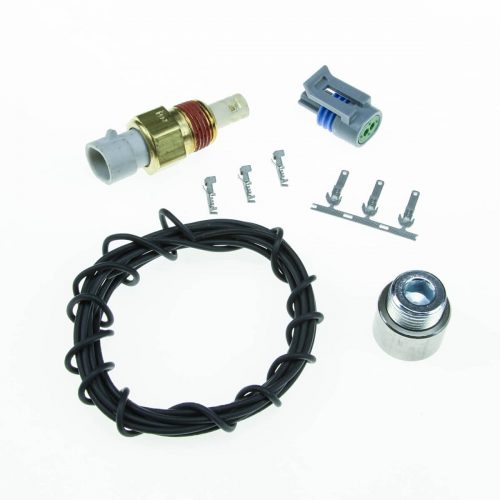
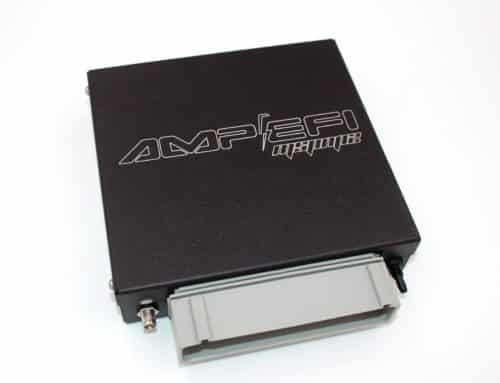
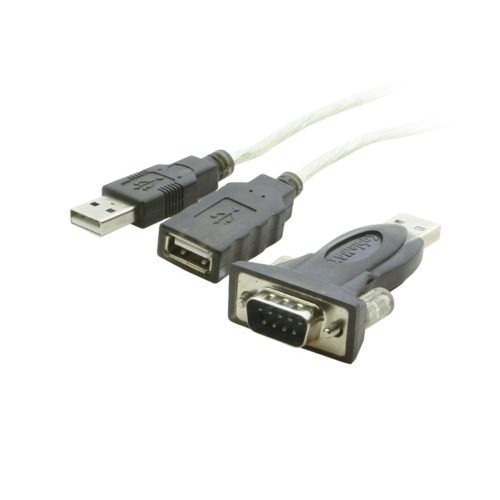
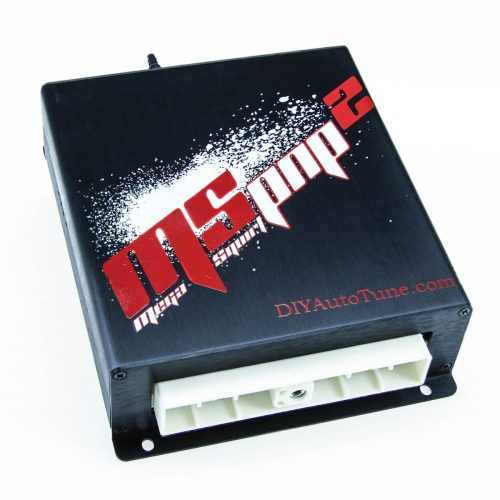
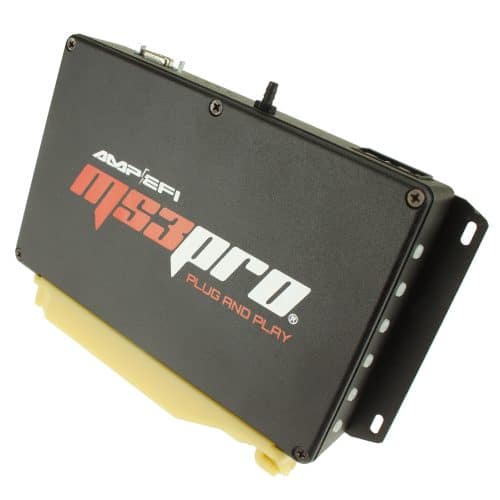
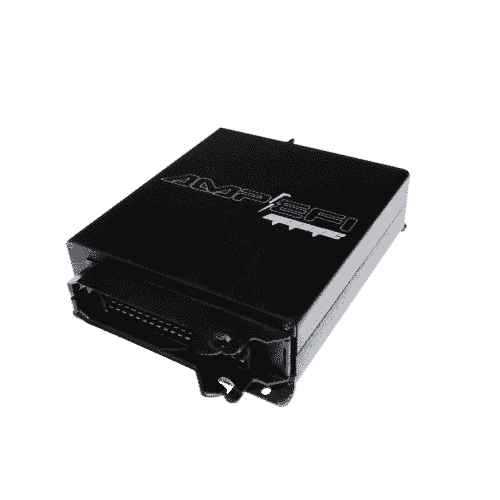
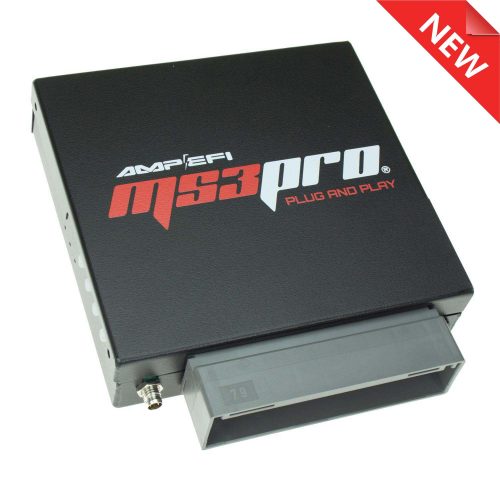
Reviews
There are no reviews yet.